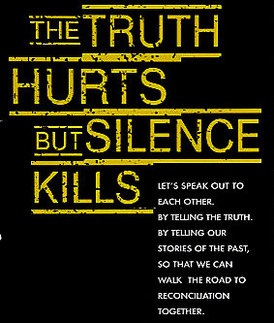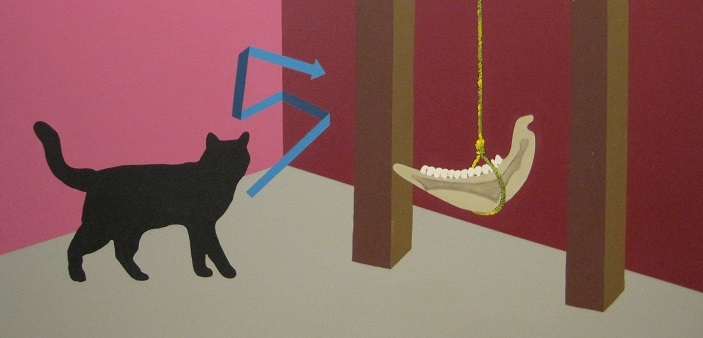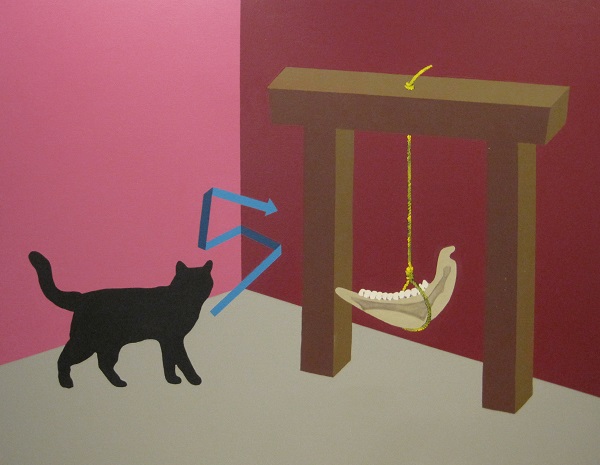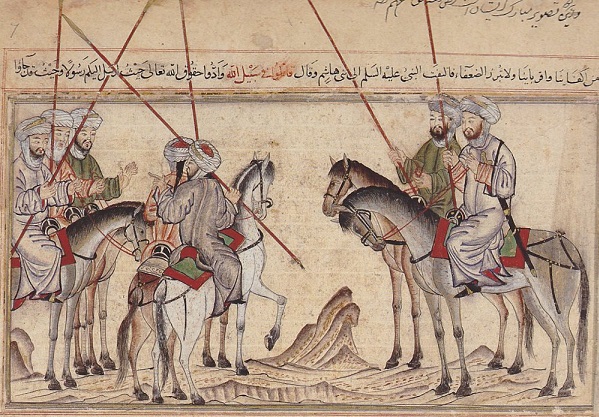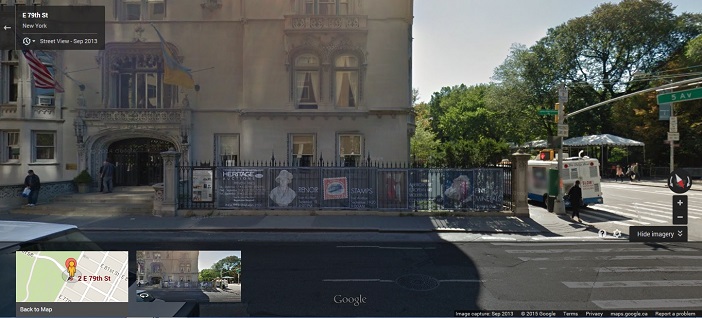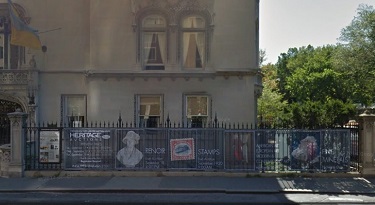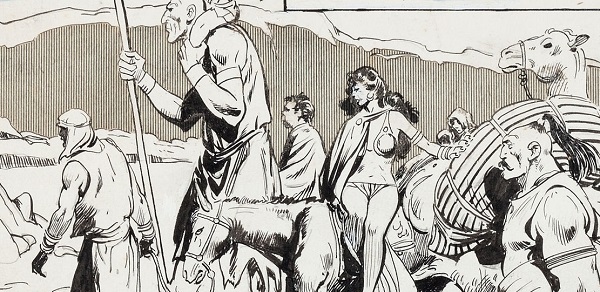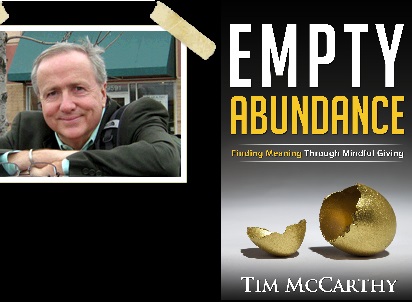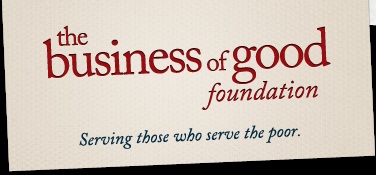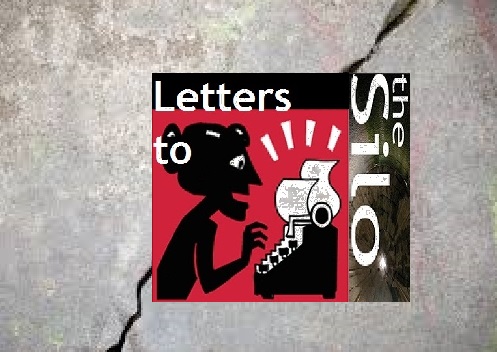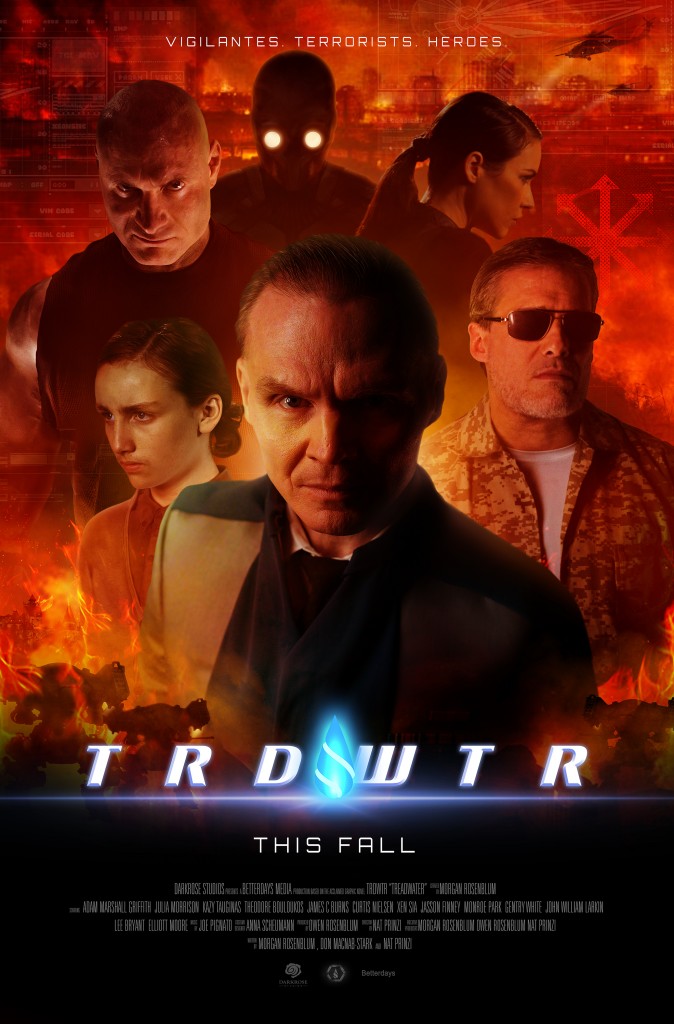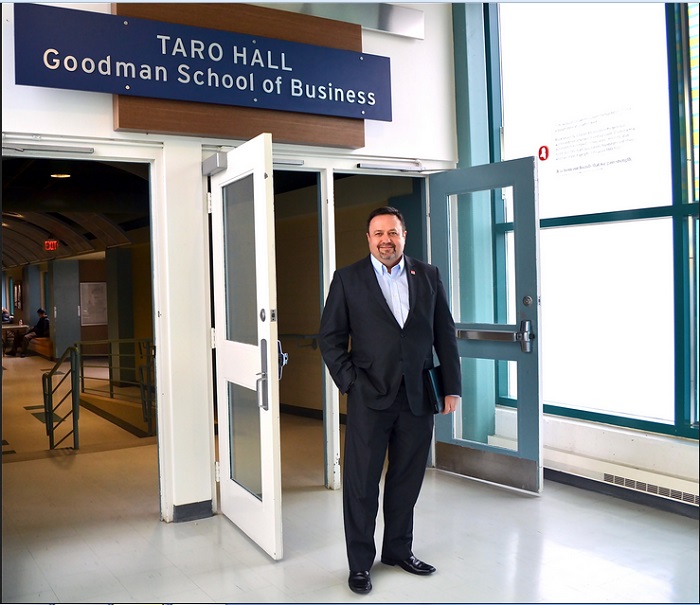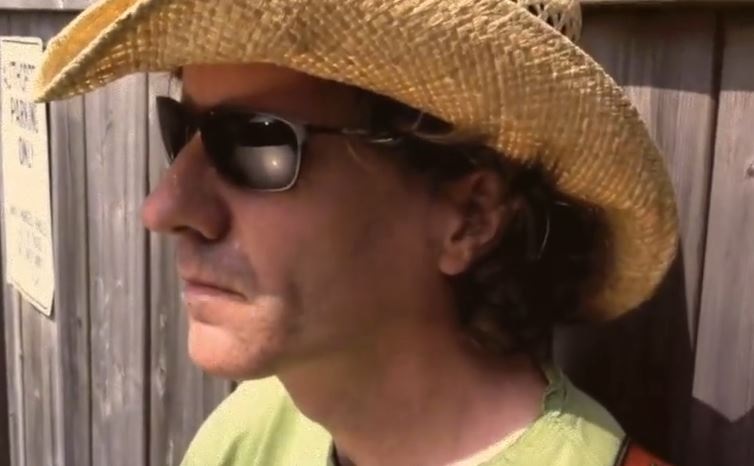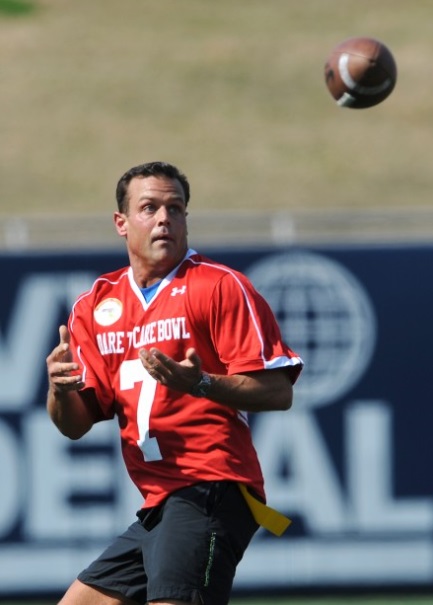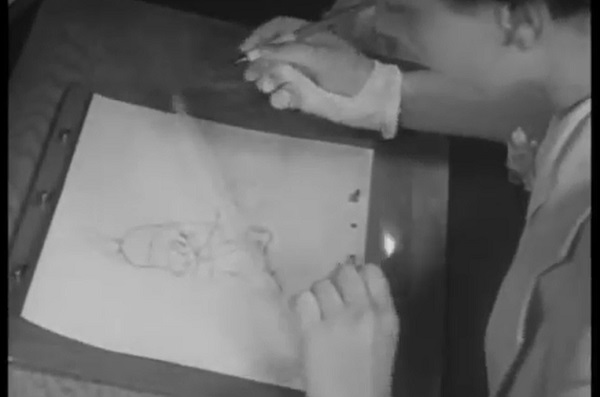Truth and Reconciliation Report – One Oneida Woman’s Perspective
Indian Residential Schools are a large part of Canadian History. I use the present tense. Every Canadian lives with the fallout of these schools which were to, “Kill the Indian in the Child.” Cultural Genocide the TRC [Truth and Reconciliation Commission CP] says in its opening paragraph.
In Canada, we think it a right and obligation for our children to come home safe. We kiss them on the first day of school, knowing that we will see them again when school is finished. How would you feel if your child never came home?
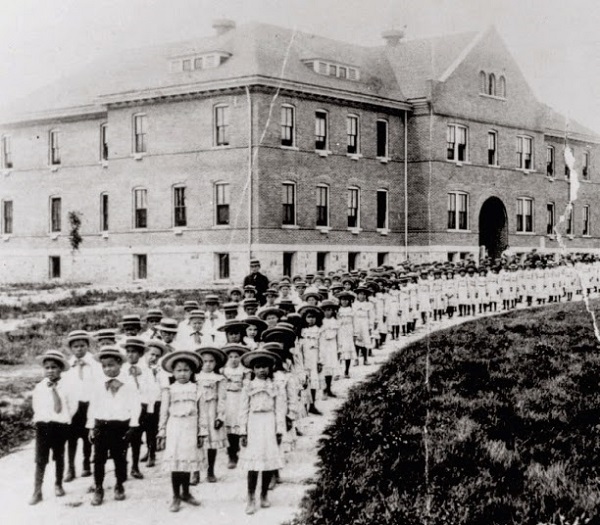
This happens today.
Families who live in small, fly-in communities have to have their children flown south to attend high school. Some never return. http://www.cbc.ca/news/canada/thunder-bay/first-nations-want-inquest-into-7-student-deaths-1.1239226
There are more Native children is the care of the government today than at the height of the Residential Schools. http://news.nationalpost.com/news/canada/a-lost-tribe-child-welfare-system-accused-of-repeating-residential-school-history-sapping-aboriginal-kids-from-their-homes
Rather than empathy or acknowledgement of the past, we are told to, “Just get over it.”
Before colonization, we had no abuse, no addictions. We had no poor. Our needs were met- meaning we were one of the richest people on earth (thank you, Professor John Milloy for pointing that out to me).
I have been told that, “Since the Jews got over the Holocaust that we should just get over it.” That is insulting to both me and those who are Jewish.
Get over it.
First Nations communities suffer from the effects of the Residential Schools by having Intergenerational Trauma. We alone are not the only people who have this. Those with a family history of addictions, or abuse, or neglect feel the same effects. We had a generation or two of people who did not see parenting. They saw institutionalized abuse. How could they possibly know how to parent when they left school?
Without proper healing sources in place, and without feeling stuck in the anger, hurt, and pain which comes from Trauma, no one recovers from it.
I can only speak for myself. My grandfather went to the Mush Hole in Brantford, Ontario. He was a bright student, plus when home, he spoke a couple of the Native Languages on our Six Nations Reserve. I am very proud of that.
However, while he says he (personally) was not sexually abused, he had friends who were. He was not allowed to speak his languages at school. He was denied medical care while at school, which caused permanent damage to his brain. My bright and intelligent grandfather became stuck in the poverty cycle. And, the addictions cycle. He couldn’t cope without the structure which was forced on him at school. He couldn’t function well on the reserve. What the school taught his was agriculture. He worked the tobacco fields when he could. Then, he was on welfare.
On top of his mental capabilities, the alcohol killed him inside. Because of him, my mother was raised in a non-Native foster home, not knowing she was Oneida until she was 18. Her foster home denied her access to knowledge of her family on the reserve which was 10 minutes away.
My mom’s foster family did the best they could according to the times. In the 1940’s and 1950’s, it was best to be seen bringing up a little Indian girl in a good Christian family, a family which included a foster father who also had an addictions issue.
Her upbringing effected how I was raised. She also did the best she could. She tried her best to be a good mom, a mom who loved and cared for her own biological children. But also kept them at bay emotionally. She did not know how to really bond as a mom.
Because of the Residential School, my mom did not learn how to properly parent. As for me, I looked for parents I could follow. I am doing the best I can. I hope I my kids do better.
I hope my kids see that while I am Oneida, that does not make me less-than a full person. I hope they see that the Oneida blood that we share is a privilege, something to be honoured and respected. I hope they see it as something that bonds us to other First Nations people around Turtle Island. We are a strong people. We didn’t die. We learned how to survive. Now, we are striving to learn how to live in peace again.
For, you see, the Residential Schools did not kill the Indian in the child. Even with the horrific events which happened, we did not die. We are blossoming as a rose. We will overcome and heal.
Anger needs to be let go. Treaties need to be upheld. If the Canadian government did not want to fulfill the treaties, why were they included in the Canadian Constitution? They are a matter of law. Deal with it, Harper. We don’t expect handouts. We need the highest levels of Canadian law respected and enforced. The government needs to honour their obligations which they proposed, agreed to, and reinforced in the Constitution in 1982.
There is Truth – they tried to kill us off. Now, please, let there be Reconciliation. We all need to acknowledge the past and present to make a future which honours the laws of Our Lands. We agreed to share our land for the benefit of all, not to be killed off. Let us all honour our agreements. For the Silo, Stephanie MacDonald



